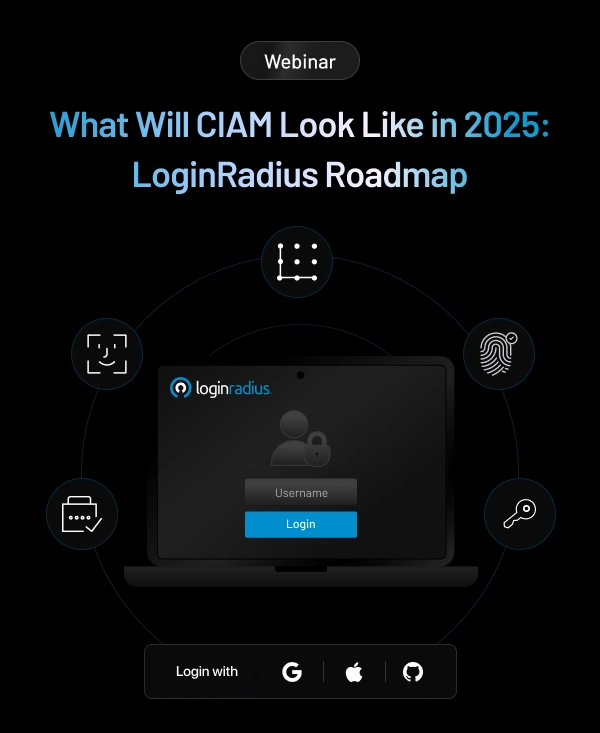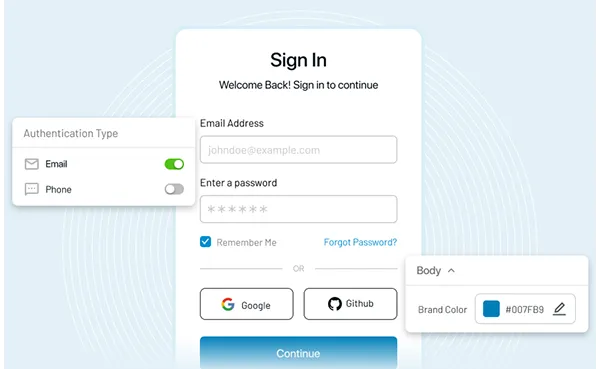The outbreak of COVID-19 has taught the world a lot of things. In most countries, a lockdown was implemented as a precautionary measure to prevent this disease. As a result, employees across the globe started working remotely from their homes.
Now that the lockdown has ended, there is an option for the employees to come back and work in the offices. But, it is observed that most of the employees prefer working remotely, and a sense of better performance and results is also experienced among remote employees.
A hybrid workforce model is the future of the remote workforce. Most companies are planning to let their employees work remotely to ensure the continuity of the increased performance.
Such a workforce also ensures that employees work at the ease of being at home.
What is a Hybrid Workforce Model
A hybrid workforce model is an arrangement in which there are employees who work at a single central location which may be an office or warehouse, or storehouse, in coordination with another group of employees who are working remotely. There is usually a group of employees who are creating a bridge between the office and the remote work.
A hybrid workforce is the future of work that makes one of the best use of human resources as the employees working remotely feel independent to work according to their will, and thus the employee productivity increases.
However, it was not all that easy to get the result as employees were often distracted with their household chores. Due to this, continued work was not possible. Despite this, what made remote working a plausible option for many businesses is the initiative from the employees' end. Employees were willing to put in more work hours due to the relaxed atmosphere of their house. Furthermore, businesses could save time employees would otherwise spend commuting to and fro.
The convenience that remote working brings forms the basis for adopting a hybrid workforce model in the present and future.
Benefits of Hybrid Workforce
- Employee satisfaction
A survey was conducted by Indeed in which 40% of the employees said that they were okay to get a pay cut in exchange for working remotely. Working from home during the pandemic had its challenges, but it also gave the independence and flexibility to the employees to work according to their will, and now, post-pandemic, the employees wish to continue working from home.
- Increased productivity
A Harvard Business School professor, along with his fellow researchers saw the outcomes of remote working that offers flexible working arrangements at the USPTO. The study found that productivity has increased by 4.4 percent, which represented 1.3 billion dollars of addition in the U.S. economy. We can conclude from this research that company leaders and the remote workers are working in tandem, more productively.
- Increase revenue and income
When the whole workforce was forced to abandon office for their homes, businesses across the globe discovered a silver lining in the situation; a hidden benefit that could increase profit margins. Employers no longer had to pay travel allowance, utility bills for the office space and discovered the increased revenue as a result of this.
On the employees' end, the situation was just as beneficial. They didn't need to spend on daily office commute or invest in outside lunch. Furthermore, employees could move to a more affordable neighbourhood as they no longer needed to save money on commuting by living nearer to their office. This also means they have more of their income at hand than before.
Challenges of Managing a Hybrid Workforce
A survey by the Sanford Institution for Economic Policy Research (SIEPR) tells that neither every employee can work remotely nor every job is for remote work.
- Only half of the employees worked with 80% efficiency or above when working from home. That may be due to distractions.
- 30% or the employee couldn't work at all from home due to the less technical knowledge.
- Only employees who were higher-earning and comparatively more educated worked better from home.
There are a few things necessary for setting up a hybrid workforce model.
- Creating structure
Company leaders will need to understand which employees should come and which should not and also decide how to make the interaction between remotely and at-office employees.
- Investment in technology
According to a report submitted by Spiceworks Ziff Davis, 76% of the organizations are planning to invest in long-term IT changes which will support a remote workforce. It is also important while installing the tech and software that the user experience is satisfactory.
For all its benefits and implementation strategies, a hybrid workforce cannot be an option for every job because not every job can be done independently.
Managing Cybersecurity in the Hybrid Workplace
Everything has pros and cons, so is the case with a hybrid workforce. According to a survey by 250 IT, decision-makers and 2000 working professionals, 75% of IT leaders believe the future of the work will be a hybrid workplace, i.e. employees working remotely and in-office.
There is also the security risk for organizations and employees working in hybrid work mode. They may be in the form of downloading unsafe apps, malware infection, data leakage, unauthorized access to data etc. The use of public Wi-Fi is also a reason of concern; 58% of the employees have admitted that they consider using public Wi-Fi or have already used an unprotected network source.
It is important to make sure that the data is stored and processed in a way that customers' privacy and security of data are not compromised.
The following is necessary to help the proper establishment of a hybrid workforce:
- Encryption in Transit: The data transit between two locations is encrypted, and all the communication from the client to the platform travels over a secure HTTPS tunnel.
- Encryption at Rest: They also provide additional security in the form of encryption for the data at rest.
- Field-Level Encryption: In the case of sensitive customer data, one-way or two-way encryption is needed on a field-by-field basis.
- Password Security: Critical hashing for data such as passwords and security questions is performed with the industry-standard hashing algorithm.
Shifting Perspective on the Essence of Remote work
A survey conducted by Garter Inc. of 317 CFOs and Financial leaders revealed that more than 70% remove at least 5% of their workforce to permanently remote positions post pandemic. This will not only save their workspace but also add in their overall net growth by at least 4%, as happened in the U.S.
This data shows the impact of the covid-19 pandemic and the lockdown on the companies and their business module.
There are many steps that need to be followed and in order to create a harmonious environment for employees working remotely and those working at the office. It becomes necessary for companies to make their employees technically educated. It is important that the non-IT companies not only get their employees trained for working remotely or, say, for hybrid workforce programmes.
Companies also need to provide the employees working remotely and the HR leaders working at the office with all the necessary equipment that would not only build a hybrid workforce environment but also help employees work according to the need without any trouble that might arise due to some technical absence.
Conclusion
A Hybrid workforce can prove to be beneficial both for companies and the employees who would work remotely. This change was forced into action due to the covid-19 pandemic, but it'll be the future of the work. It'll lead to a great many changes. It will not only help businesses build more money, but it'll also help them lessen the workload on the employees. In a nutshell, the hybrid workforce model is a win-win for both employers and employees.
















